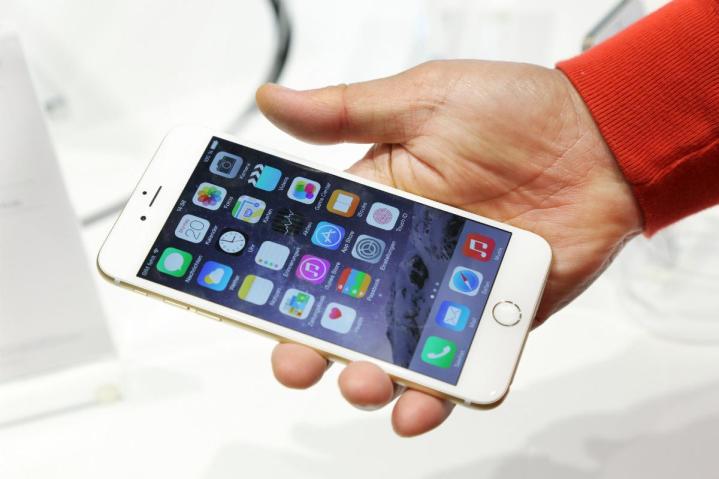
These super-sized smartphones were once the exception, but they’re fast becoming the rule, with smaller phones becoming rarer. The market study found that the iPhone 6 Plus accounted for 44 percent of all phablet sales, justifying Apple’s decision to go large with an extra handset alongside the 4.7-inch iPhone 6.
Manufacturers are always going to devote most of their time and resources to the handsets that are most in demand — and that could lead to smaller phones getting edged out. Google’s Nexus 6 is close to 6 inches from corner to corner and there have been recent rumors that the next Huawei-made Nexus is going to measure a not inconsiderable 5.7 inches.
And those screen sizes play a big part in the choices made by consumers. “Screen size was cited as the main reason for buying a particular phone by both iOS and Android buyers at 43 percent and 47 percent, respectively,” says the Kantar Worldpanel report. That means nearly half of us are picking a phone primarily on the size of its display.
A market share of one in five may not seem too dominant, but it’s the rapid rise of phablet-sized devices that’s most noticeable, and it seems certain to continue for the foreseeable future — perhaps Samsung knew something no one else did when it launched the Note series back in 2011.
Editors' Recommendations
- Every Android tablet we’re expecting in 2024
- Samsung’s next folding phone could be cheaper than we thought
- The 6 biggest announcements we expect from MWC 2024 next week
- Before you buy an iPhone 15 Pro case, make sure it has this one thing
- Apple’s new Lightning to USB-C adapter costs more than just buying a USB-C cable


